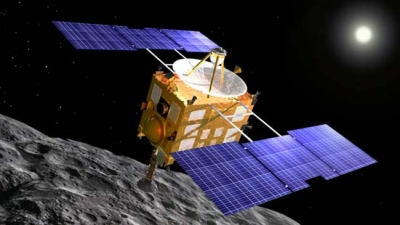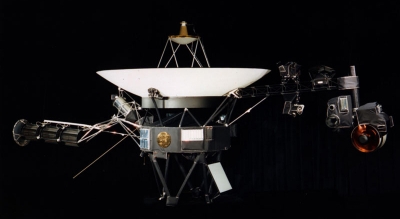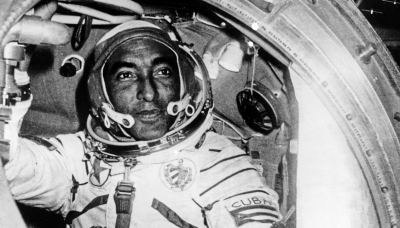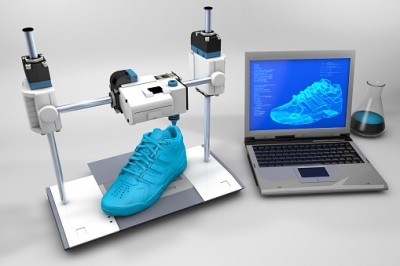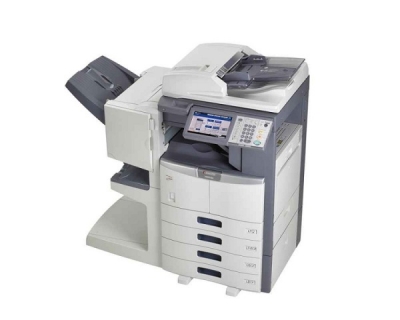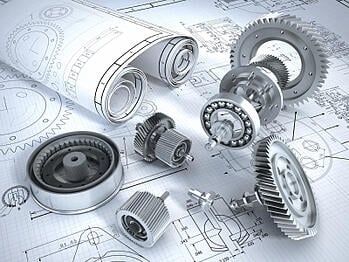The meteroite that crashed into a car
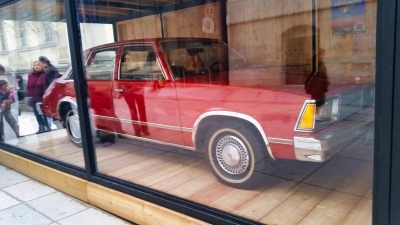
The Peekskill meteorite is a meteorite that crashed into a car on October 9, 1992. One of the best viewed and recorded meteorite events, both the meteorite and the car it crashed into are now famous.
Have you always been confused between the words meteor and meteorite? To understand them better, we should bring another word, meteoroid, as these are all related to the flashes of light that can at times be seen as streaks across the sky-fondly referred to as "shooting stars". Based on where the object is, we use the appropriate term.
Meteoroids are space rocks that could be pieces of asteroids and other debris that are made of rock, iron, and nickel. Orbiting in space for billions of years, these can range in size from tiny dust particles to even small asteroids that are miles across.
When these meteoroids enter a planet's atmosphere, like that of our Earth, at high speed, it burns up in the atmosphere. The shooting star or fireball in this stage is referred to as a meteor.
If a meteoroid survives its trip through the atmosphere and hits the ground, it is called a meteorite.
44,000 kg every day!
With that out of the way, we can move over to meteorite events. According to scientific estimates, about 44,000 kg of meteoritic material falls on our Earth every day. Most of it, however, is vaporised in the atmosphere to leave a bright trail or shooting stars.
Astronomers and people who pay attention to the night sky can regularly see meteors on any given day. Many of these meteors do survive the trip and hit the ground as well. This means that meteorites too are fairly common.
A meteorite hitting a car, however, is not. The vast majority of meteorites fall unnoticed and a lot of them in uninhabited areas as well. In such a scenario, a car is a rather small target for a meteorite on a very large planet. There have been just a handful of occasions when a meteorite has struck a car. As a result, the Peekskill meteorite of 1992 is among the most historic meteor events in recent history.
Hole in the Malibu
On October 9, 1992, a teenaged Michelle Knapp was watching television in Peekskill, New York. On hearing a sound that she described as a "three car crash", she ran outside to investigate. What she saw, literally, was other-worldly: her 1980 Chevy Malibu had a sizable hole and there was a matching hole in the driveway underneath. In it was a stone, extremely heavy for its size, still warm to touch, and smelling of rotten eggs - the smell of sulphur.
On its way to the Chevy Malibu, the meteor had lit up the sky over the east coast of the U.S. Moving in a north-northeast direction, the meteor had broken over Kentucky before moving over West Virginia and Pennsylvania. It had slowed down in the atmosphere from a speed of 8.8 miles per second to 164 miles per hour when it hit the car. That, however, was still too fast and hence the impact created the damage that it did.
Even though the car, which Knapp had purchased for a few hundred dollars, was damaged, she was able to sell it for thousands of dollars to Lang's Fossils and Meteorites in Cranford, New Jersey. It has since been on display in a number of cities such as New York, Paris, Munich, and Tokyo, and also in museums throughout the world.
The meteorite itself, which weighed over 12kg, was far pricier and it ended up in the hands of collectors. Some portions of the meteorite too are housed in different museums. With a unique texture, it is composed of fragments cemented together in a fine-grained matrix.
Prime time on Friday As the meteor event took place on a Earth is from the sun. From there, it came all the way to strike one car and make it famous.
Picture Credit : Google

